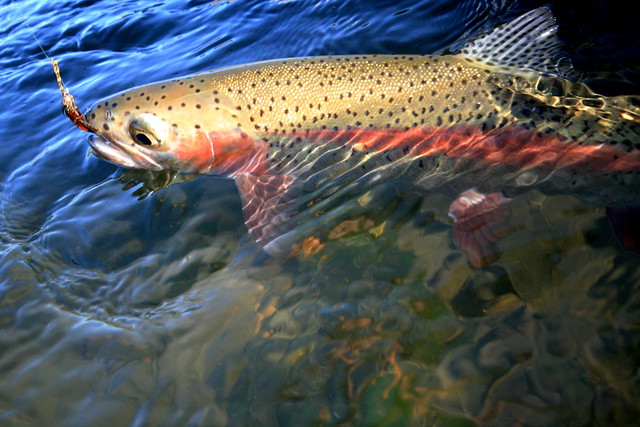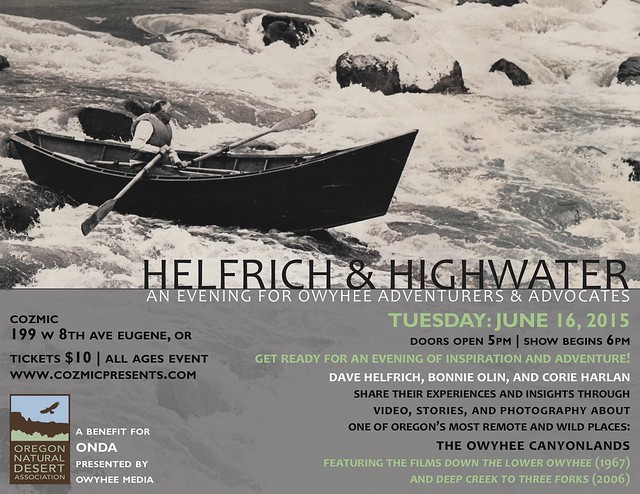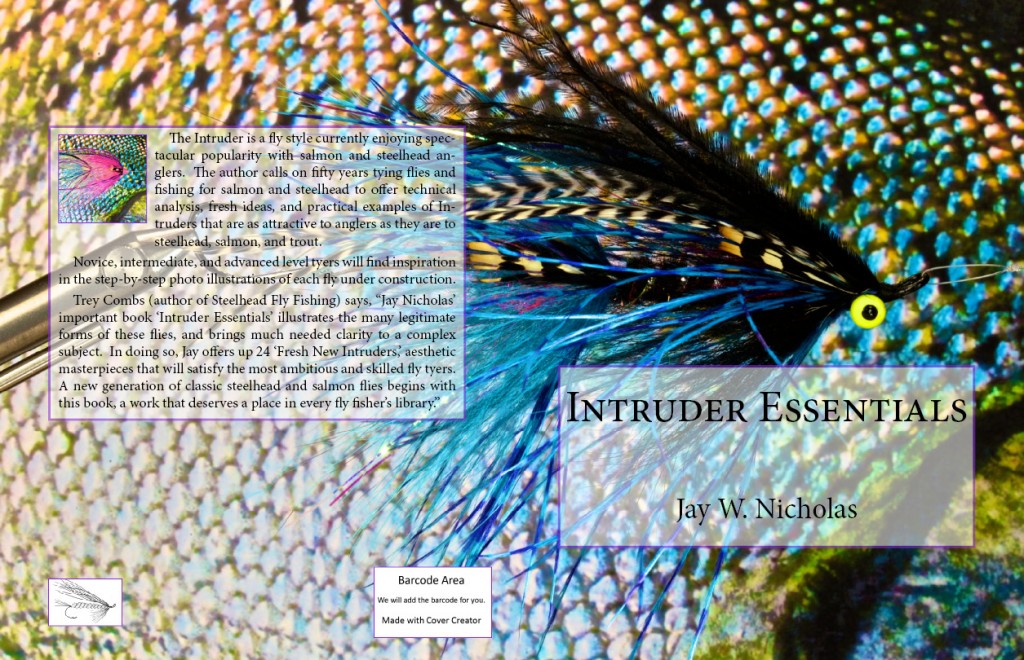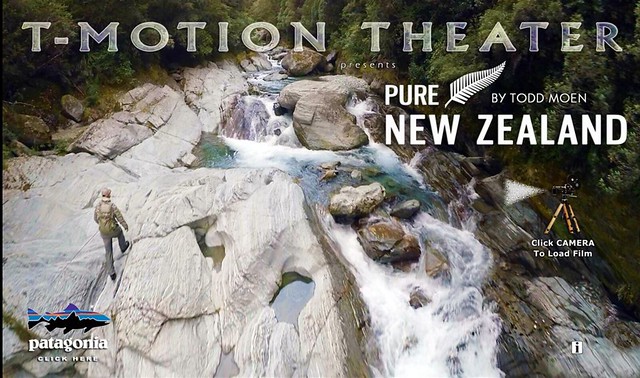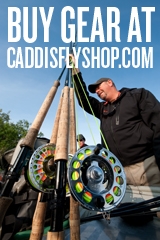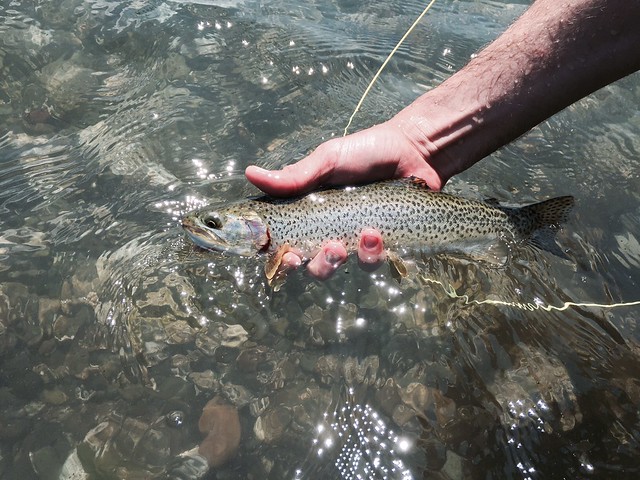
The sea runs are here already, Yahoooo!
For the few fly fishers who are already comfortable fishing this species, life is simple. Well, maybe not simple but at least these folks already have a picture in their heads of where to go, tackle, tactics and so forth.
This very short post is intended to be a starter for fly fishers who are relatively new to pursuing Sea-runs, just a teaser to get you on the water with a few fundamental concepts in mind.

The fish. Sea-run cutthroat are also referred to Cutties, Cuttys, Blueback, and Harvest trout. So if I wander back and forth please excuse the naming chaos.
Estuary fishing is quite different from upriver fishing. Upriver Blueback (their backs are not always blue, depending on how recently they returned from the ocean and the microhabitat they are laying in) tend to spread out in long very slow moving pools, associated with wood or ledge/boulder structure. Estuary Sea-runs can be anywhere, including around Eel Grass beds, sandy flats, mud flats, snags and rock piles, and in deeper holes where one would be fishing for salmon.
Your primary task is simply to find where the fish are. Sea-run cutthroat are schooling fish, and this is especially true of fish in the estuary, fresh from the ocean. Sure you may find a loner or a little pod of three fish, but if you find one, you are just as likely to have found a school of a dozen or more fish. So If you find one or two, work the area thoroughly before moving on.
Don’t over-fish the best looking places. My most recent venture into the estuary was a perfect example of this potential mistake. One of the best, no, THE BEST looking habitat I fished with friend Jack Harrell gave up two nice Sea-runs. The best action occurred in water that appeared structure-less and only about 3-4 feet deep.
Fish fast. Huh? That’s right, don’t devote more than a few casts to any single place, no matter how good it looks to you. The Sea-runs are going to bite or not, and more likely they will grab your fly on the first cast if they are present and in the mood, so flop that fly out there, retrieve it, and make the next cast a good six feet down-current from the last one. Your task is to keep moving and find the fish, then work the area carefully. The more casts you make to fish-less water the less time you have to find a school of willing biters.
Flies? Estuary flies might need to be a little on the salty side compared to the higher up reaches where Spruce, Female Coachman, Borden Special, Bear Paw, and such forth excel. A variety of small bonefish and permit flies work well in the lowermost reaches of our estuaries, and very small natural colored clousers (brown and orange for example) or chartreuse and white with a hint of blue in the back are excellent tidewater Blueback flies. Very small Gurglers and poppers work well at times, as do muddlers. The Muddlers can be fished wet with cone heads to imitate sculpins or on the surface and deserve a place in your box. Any orange or tannish shrimp fly like the Horner’s Shrimp is a good estuary fly for Sea-runs.
Fly Lines. Bring on almost any of your lake and streamer fishing lines to the estuary and you will probably be able to fish well. I was fishing a RIO Camolux slow sinking fly line and a Kelly Galloup Streamer line a few days ago, depending on the depth I wanted to present my fly. The Rio Outbound in floating or Intermediate sink is a good line, as is the AIRFLO 40+. I also fish the AIRFLO Sixth Sense line in the slowest sink rate and this is a great line. Any of the SA streamer Express Intermediate lines are good too. The most important issue to avoid is a too-fast sink rate. You are fishing in a zone that usually is no deeper than four or five feet and a fast sinker will drag the bottom unless you really retrieve fast, which is counter productive at times.
Rods? I like 4 and 5 wt rods for sea runs. These are fish that run an honest 10″ to 20″. My fish are usually about 11″ to 16″. I have never caught a 20″ sea run but believe that fish of this size exist, so I’m still looking. Leaders should be at least 8 lb, they are not leader shy and the water is often murky and you need to be able to turn over bulky flies too. I like RIO Fluorocarbon in 3x and 2x because I’m always hoping to intercept a summer steelhead or salmon on my little rod. I have been fishing ECHO GLASS switch rods in 3 wt and 4 wt and these are a ton of fun to cast and play fish on. You should consider these rods and any other brand of switch rods in the 3 &; 4 wt range to play with, especially when the wind is wreaking havoc with your casts on a 9 ft rod, the switch rod will push through nicely.
Retrieve? Yep, do it. Slow, moderate, and fast, steady and with pauses between strips, it is good to experiment and see what the Sea-runs want on any given day.
Tide? I prefer the six hours that occur a few hours after high slack, the remainder of the outgoing, and barely through low slack until the tide begins to run in. I think this gives me optimum opportunity to find fish in a biting mood. I have had good fishing on a gentle incoming also, but less often, and by the time the tide has turned I’m often tired anyway.
I hope these ideas help, and that your fishing is productive. Remember, if nothing else sticks, the key is to keep moving, slapping your fly down in new territory until you find the mysterious creatures. Never ever hang in one place switching flies and casting to the same piece of water until you know for certain that sea runs are in front of you.
Jay Nicholas, (on the front end of what may be an outstanding Sea-run season).










